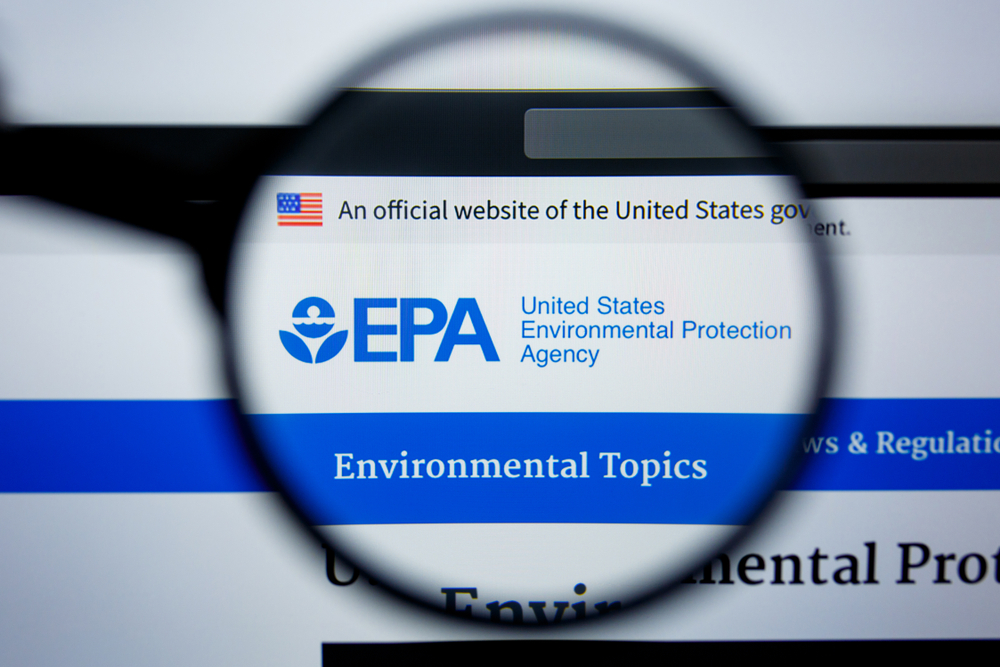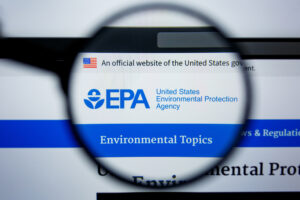EPA Announces Draft Guidance for the Consideration of Cumulative Impacts

The EPA recently released a draft of the Interim Framework for Advancing Consideration of Cumulative Impacts, which is intended to provide EPA employees and decision-makers with tools and principles to consider cumulative impacts in their work.

The EPA defines cumulative impacts scientifically by the totality of exposures to chemical and non-chemical stressors and their effects on health and quality-of-life outcomes. This may include several factors, such as culture, subsistence practices, socioeconomics, and other social determinants of health.
“Solving environmental inequities starts with acknowledging that not all communities face the same barriers and challenges,” according to an Agency news release. “The Biden-Harris Administration and our office have made it a priority to ensure that the needs of the most overburdened and underserved communities in our nation are not overlooked,” said Theresa Segovia, principal deputy assistant administrator for the EPA’s Office of Environmental Justice and External Civil Rights. “This framework is the result of years of hard work and dedication from our staff and sets a clear path for our agency to engage meaningfully with local communities and seek input from Tribes on cumulative impacts as we continue working to understand and address the cumulative impacts communities can face.”
The draft describes principles for the EPA to consider cumulative impacts in Agency decisions, which include:
- Centering cumulative impacts work on improving human health, quality of life, and the environment in all communities;
- Ensuring the disproportionate and adverse burden of cumulative impacts isn’t ignored or overlooked;
- Applying a fit-for-purpose approach grounded in science to assessing and addressing cumulative impacts;
- Engaging communities, consulting with tribes, and considering and incorporating their lived experience;
- Using the best-available data, science, and information to make decisions and take action; and
- Operationalizing and integrating ways to highlight, consider, and address cumulative impacts.
By evaluating and taking cumulative impacts into account, the EPA can undertake actions and make decisions that help achieve the following goals:
- Communities are safe, healthy, and thriving.
- All people are protected from adverse environmental health effects and hazards, including cumulative impacts of environmental and other burdens.
- No community bears a disproportionate share of adverse environmental and public health impacts.
The draft framework provides examples of EPA actions that incorporate some of the principles listed above and are protective of children who are especially vulnerable. These include:
The “EPA has released a number of key tools to support this work, including Cumulative Impacts Research (pdf), a report issued by the Office of Research and Development with recommendations to enhance cumulative impacts research,” the Agency news release says. “Additionally, EPA programs and regions provide technical assistance and funding for cumulative impacts assessments to address long-standing environmental issues in rural and urban locations, including examples resulting in eight place-based demonstration efforts across the country.”
See the EPA’s Cumulative Impacts webpage for more information on these Agency efforts.
link







:max_bytes(150000):strip_icc()/103922949-56a794633df78cf7729752e7.jpg)